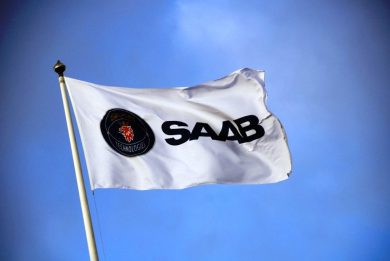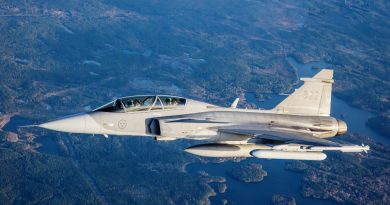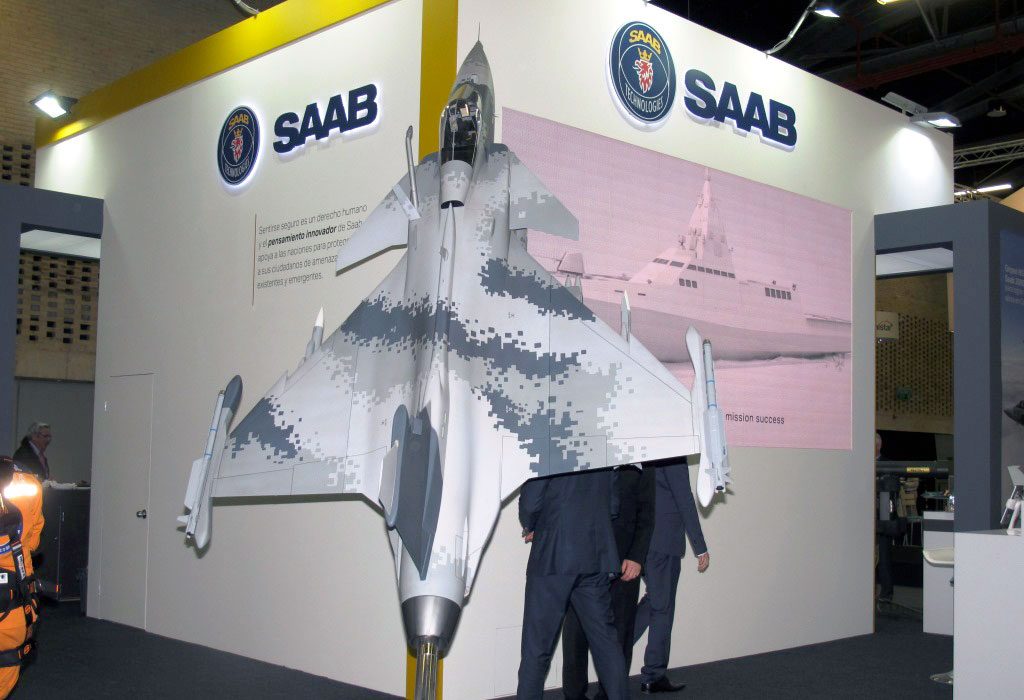
Saab aims not only at the sky but also at the sea
“Colombia is fully involved in the post-conflict transition, and I am convinced that our solutions can help supporting the national ambition to improve the defence industry,” Fredrik Gustafson, Senior Vice President Head of Marketing Area Latin America tells EDR On-Line, while underlining the success already obtained by COTECMAR, the national shipyard, and the good results obtained by the other three state companies, CODALTED, CIAC and INDUMIL.
The Saab Transfer of Technology model as well as its search for local partner companies are key in penetrating the Colombian market, while enduring benefits to the local industry.
Aviation is the first target, the Saab stand being dominated by a huge model of the Gripen in neutral colours. “The country has number of programmes all linked to air superiority,” Gustafson says, “which include the replacement of their aging fighters fleet, the adoption of air surveillance aircraft, and the modernisation of ground based air defence.”
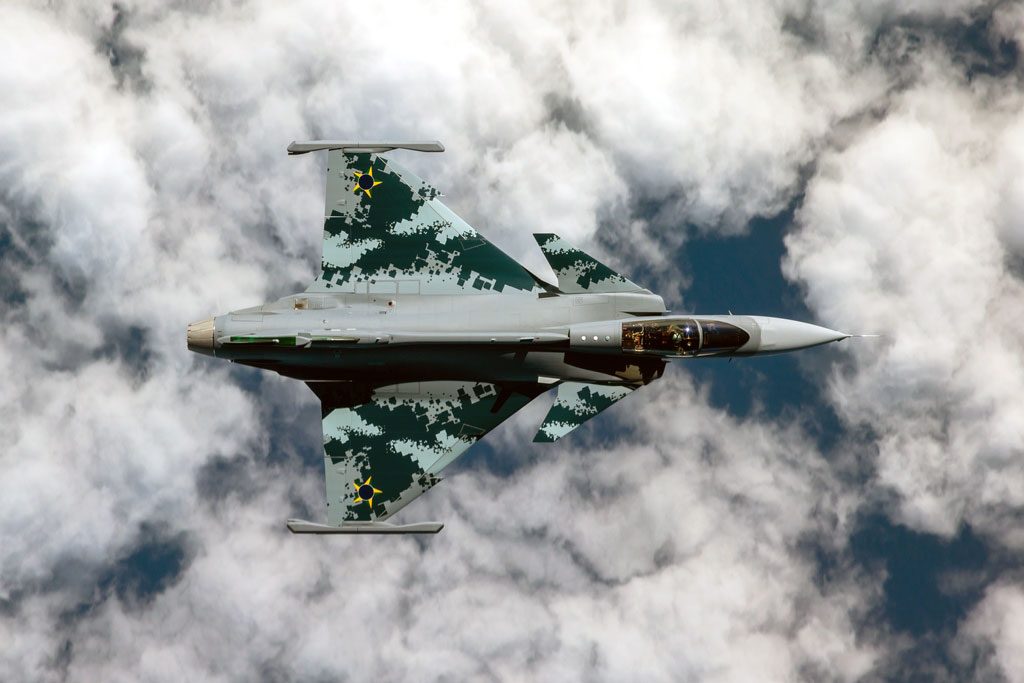
With a key customer awaiting the first deliveries within a couple of years, Brazil, the Gripen is one of the four competitors for the Colombian fighter programme, and one of the two aircraft already present in Latin America. Being in use by a nation with strong ties with Colombia is definitely a plus for the Swedish aircraft. But the fighter is far from being the only product of the Saab portfolio that might allow improving air defence in Colombia. “We are proposing our early warning capability, Brazil and Mexico having already in service our EriEye airborne radar,” Gustafson points out. Both nations integrated the radar on the Embraer EMB-145 platform, Saab proposing now an extended range version of the radar and its integration on different platforms. In a country such as Colombia, with high mountains and deep valleys, an airborne solution is probably the only one that might provide real airspace surveillance. “The airborne early warning capability is already present in the continent, and a sensor flying at 30,000 ft providing a surveillance range in excess of 400 km might well be a solution for this country,” Gustafson says. In the GBAD segment Saab is proposing its RBS 70 NG missile that Mr. Gustafson defines as “the perfect solution for their point defence needs.”
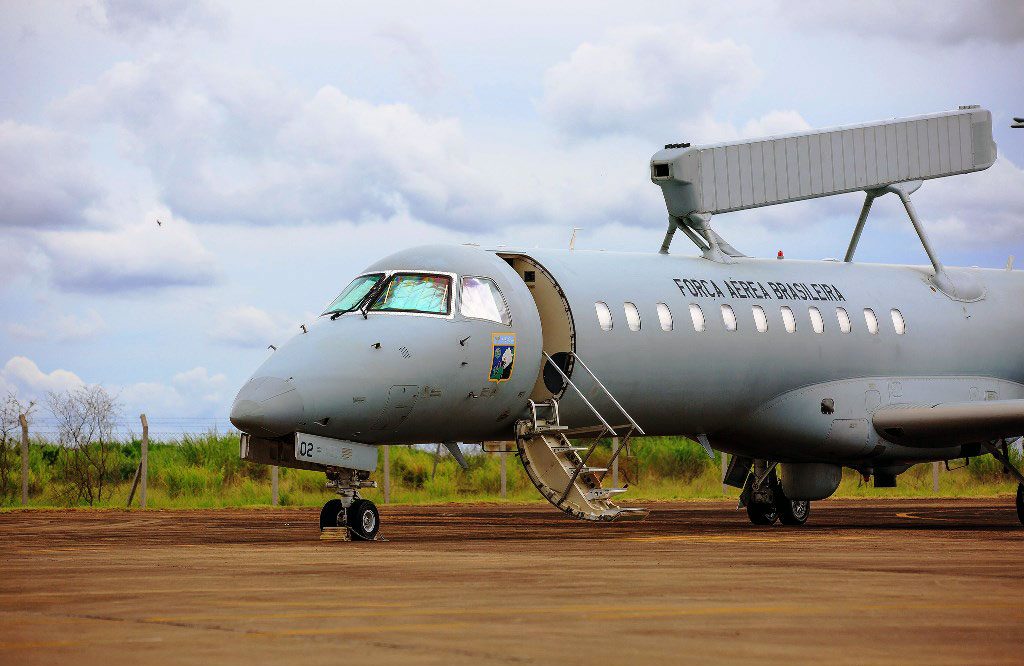
The Swedish defence leading company is also looking at Colombia’s naval needs, Mr. Gustafson stating, “we can provide consistent increases in capabilities at reasonable cost.” Saab is proposing its radars, its 9LV combat management system as well as its Electronic Support Measures systems, both for new constructions or upgrade programmes. Following the acquisition of Kockums five years ago the company is now also active in the underwater domain and looks with interest at the Colombian ageing submarine fleet made of two Type 209/1200 of German origin that might well need some upgrades.
Looking at the wider picture of Latin America Mr. Gustafson underlines that “several countries have a huge need of modernisation, their equipment dating back to the 1970-80s. Cost efficiency as well as the involvement of the local industry, to ensure return on investment, are key issues in those deals.” Saab is keeping the dialogue open and is maintaining relations with all the countries with which it is possible to do business, Gustafson adding that “more and more Latin American countries are looking for NATO interoperability,” underlining also that acquisition processes are more and more structured and transparent, which is positive for his company.
Photos by Paolo Valpolini, Saab and FAB

